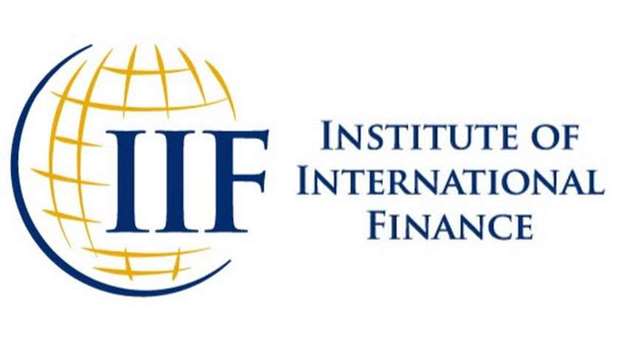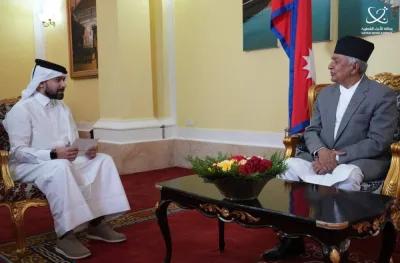The diplomatic and trade blockade notwithstanding, Qatar has been witnessing steady recovery of banking flows into the country and non-resident capital flows are expected to reach $128bn this year, according to Washington-based Institute of International Finance (IIF).
"After a dip in 2017 caused by the rift with Qatar, non-resident capital inflows are expected to rebound across the board and reach $128bn this year," the IIF said in a report.
The US-based economic think-tank said after outflows of $22bn in 2017 on the back of the Gulf crisis, banking flows are recovering this year.
"Inflows of $9bn in the first quarter of 2018 are encouraging, with a rebound evident in both non-resident deposits and bank loans," it said.
The Middle East and North African (Mena) oil exporters are showing more resilience to emerging markets (EM) turmoil this year than other EM subgroups around the world, the IIF said, adding higher oil prices, durable US dollar pegs, relatively low debt levels and ample foreign reserves make oil exporters less risky and less prone to EM contagion.
Highlighting that despite growing EM concerns, appetite for the Gulf Co-operation Council debt was high; it said after two years, Qatar also returned to international debt markets with a sizeable issuance of $12bn.
Finding that Mena oil exporters have witnessed a moderate increase in bond yields this year, but less than other EMs, the report said after one year of moving in unison, yields on GCC dollar denominated bonds diverged to a lower trajectory compared to EMs, indicating lower perceived risk.
Expecting a modest pickup in foreign direct investment (FDI) inflows, it said economic reforms and opening to investors will likely keep the positive trend in years to come.
"Nevertheless, FDI inflows to Mena oil exporters remain small, projected at 1.2% of gross domestic product in 2018," it said, adding political stability and structural reforms to improve governance and the business climate remain preconditions for higher FDI inflows.
Otherwise in the Mena region, non-resident capital inflows should rise to $182bn in 2018, equivalent to 6% of the region’s GDP, according to the IIF.
Resident capital outflows are increasing as well, as the current account surpluses of the GCC countries are improving on the back of higher oil prices, it said, adding both portfolio and other investment outflows are on the rise, mainly driven by the sovereign wealth funds of the Qatar, the UAE and Saudi Arabia.
Observing that the main source of inflows in 2018 remains sovereign bond issuance, as the GCC countries raised $30.5bn in Eurobonds in the first half of the year; it said "moving forward, the overall sovereign bond issuance is expected to decrease due to lower financing needs."
Nonetheless, the robust performance of GCC primary markets stands out against the broader emerging markets trend, which is lagging behind 2017 levels, it said.
"This comes as no surprise, as oil exporters present lower risk than other EMs due to their strong fundamentals, while presenting opportunities for regional diversification to bondholders," it added.




